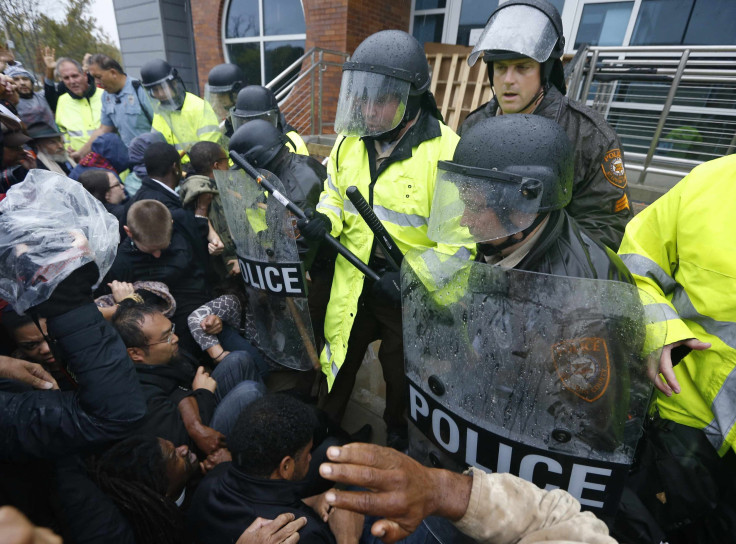Ferguson No-Fly Zone Was Meant To Keep Media Out: AP

The Federal Aviation Administration, at the request of Ferguson, Missouri, police, imposed a no-fly zone in the area in August to keep news helicopters from overflying protests triggered by the police shooting death of Michael Brown, the Associated Press reported Sunday. In an exclusive report, the AP said the FAA had a hard time redefining the flight ban, imposed Aug. 12, so that commercial aircraft still could operate from Lambert-St. Louis International Airport.
"[Police] did not care if you ran commercial traffic through this TFR [temporary flight restriction] all day long. They didn't want media in there," a manager at the FAA's Kansas City air traffic control center told the AP.
St. Louis police had maintained the no-fly restriction was for safety reasons following the shooting of Brown, 18, who was killed Aug. 9 by Officer Darren Wilson on a Ferguson street. Recordings obtained by the AP through the Freedom of Information Act contradicted that stance.
"Any evidence that a no-fly zone was put in place as a pretext to exclude the media from covering events in Ferguson is extraordinarily troubling and a blatant violation of the press's First Amendment rights," Lee Rowland, an American Civil Liberties Union staff attorney, told the AP.
The restricted area encompassed a 3.4 mile radius around Ferguson up to 5,000 feet, later reduced to 3,000. The restrictions were in place until Aug. 22, the AP said.
Brown was unarmed when he was shot to death. The shooting triggered weeks of unrest.
© Copyright IBTimes 2025. All rights reserved.






















